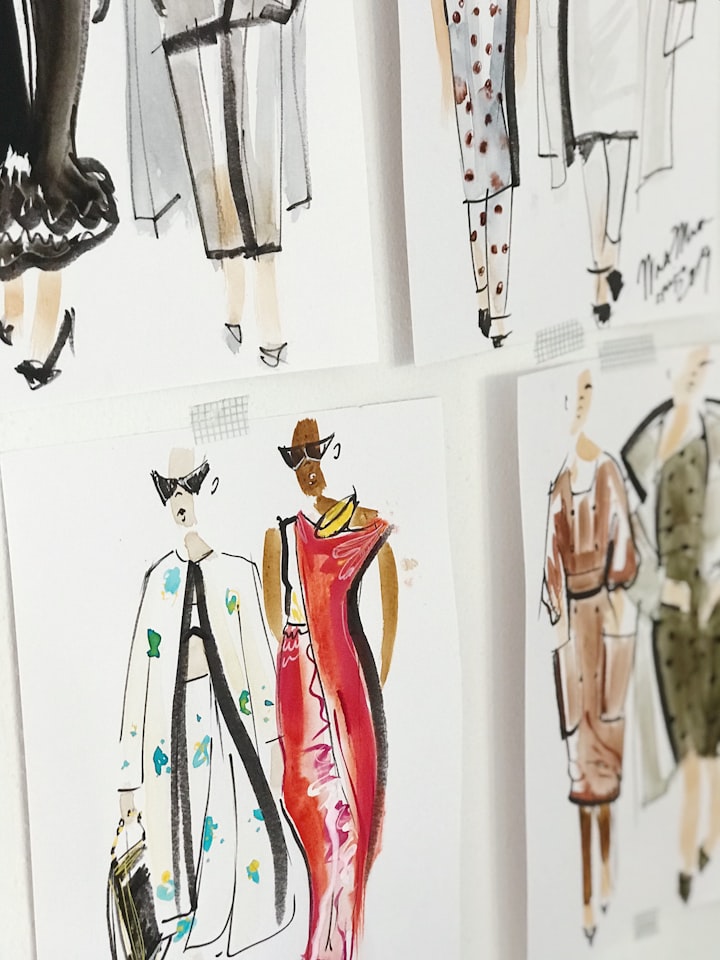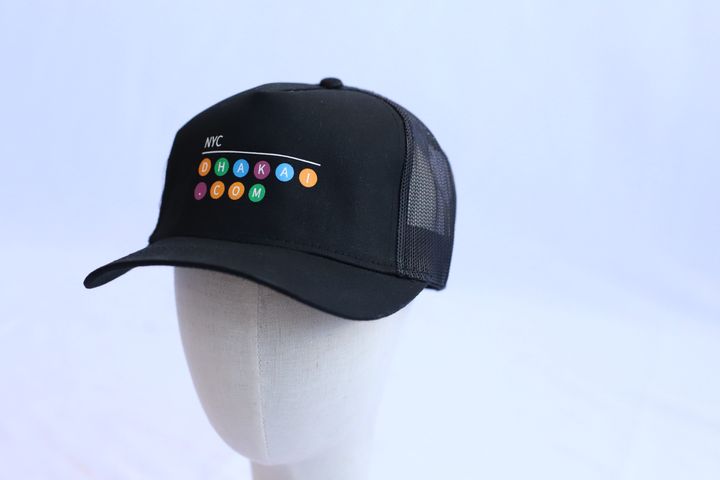Top Eco-Friendly Ways to Ship Your Product
Every minute, 1700 tons of carbon dioxide emissions are released into the air and oceans because of the shipping industry. Read further to see how brand owners can ship their products in the most energy efficient way to reduce the shipping industry's impact on the environment.

It’s news to no one that shipping is one of the most harmful parts of the clothing production process. Every day, over two million tonnes of carbon dioxide emissions are released into the air and oceans because of shipping. If you break that down, that’s almost 100,000 tonnes per hour, or 1,700 per minute. A large percentage of the goods being shipped belong to the fashion industry, and therefore a large amount of responsibility falls on the industry’s shoulders to try to reduce and undo the damage being done.
A huge factor in this issue is the lack of efficiency in the clothing shipping process. This may seem ironic; our societal obsession with efficiency—making as many things as possible, as quickly as possible, at the lowest possible cost—is a big part of why we have found ourselves in this mess of global warming and environmental instability. However, brands across the fashion industry have begun to find that incorporating sustainable technologies and practices into their supply chain happens to reduce both cost and time. This article walks through a few tips that could seriously reduce the negative environmental impacts of shipping, while also shrinking your product’s production costs and time to market.
1) Skip the sampling
A typical clothing production process looks something like this:
Step 1: Brand sends pattern to factory
Step 2: Factory makes samples and sends them back
Step 3: Brand doesn’t totally like the samples and tweaks the design
Step 4: Factory makes new samples and sends them back to the brand
Step 5: Brand doesn’t totally like the samples and tweaks the design
Step 6: Factory makes new samples…
And so on. It’s clear that this isn’t working.
Not only is this process frustrating, the many small shipments going back and forth are causing an unnecessary impact on the environment. The fewer shipments factories are making, the lower their carbon footprint, so the simple answer is to prioritize efficiency and reduce the number of shipments these factories need to make.
The good news is that sampling shipments are actually completely avoidable. More and more brands have been turning to 3D sampling technologies, which are a way to see your clothes in true-to-life detail on virtual models. The use of this software is still growing in the fashion industry and gets better and better by the year. Already, physical samples are becoming obsolete, and much more expensive than 3D. Switching to 3D sampling is more time, cost, and energy efficient.
2) Fill up each transport
We’ve established the importance of only sending shipments when it's really necessary. This means that no transport should be sent off before it is completely full. As a brand owner, you should prioritize this, and avoid business tactics that would be an obstacle, such as offering next-day shipping. Express or next-day shipping often causes brands to send off transports when they aren’t even halfway full, meaning that later on they will have to make extra trips. Removing next-day shipping as an option on your website would solve this problem. If you are worried about what the customers think, add a blurb that explains that you don’t offer it because you are trying to reduce your carbon footprint and uphold your sustainable values!
3) Offer bulk orders
Another option you could add to your website is bulk orders. This tactic is more common outside of the fashion industry, in markets like the beauty industry where products run out quickly. However, some customers like to order large amounts of clothes at one time, and as a brand owner you can incentivize that. For example, if a customer has a t-shirt for the summer in their cart, you could encourage them to add a sweater for fall to their order. Instead of them placing the two orders separately, they have condensed it into one, reducing the amount of shipments you will have to make in the future. Another good way to incentivize this is by offering discounts or free shipping on orders over a certain price.
4) Encourage your customers
This article has also highlighted a few tactics you could use to steer customers towards sustainable practices as well as follow them yourself. While brands can do a lot to reduce their carbon footprint, at the end of the day customers control the market, and it's hard to keep up if they are all turning to fast-fashion and next-day shipping. It’s critical that brands do what they can to encourage potential customers to take the more sustainable option over the cheapest or most convenient. This includes discouraging next-day shipping, encouraging bulk orders, and informing customers about your sustainable practices and the harmful practices of cheap fast fashion brands. All of this will help you take control of the market in a responsible way that will carry the whole industry towards a more sustainable future.
Our company, Dhakai, provides resources for brands looking to reduce their carbon footprint and streamline their supply chain. Learn more at dhakai.com or by emailing [email protected]. If you are interested, you can schedule a one-on-one consultation here.




